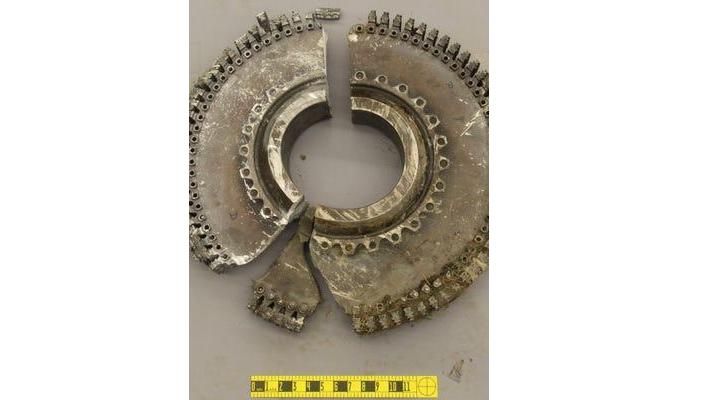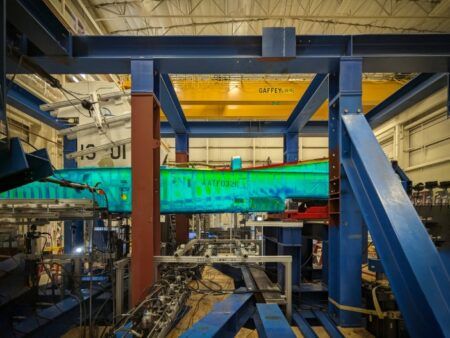Researchers in the USA have found a way to more reliably predict cracks in metal structures and components used in aircraft earlier than current tests.
The researchers from Johns Hopkins University, Maryland have developed a new method for testing metals at a microscopic scale. The process involves rapidly inflicting repetitive loads on materials while recording how ensuing damage evolves into cracks.
Jaafar A. El-Awady, a mechanical engineering professor at the Whiting School of Engineering said, “We’re able now to have a more fundamental understanding about what leads up to cracks. The practical implication is that it will allow us to understand and predict when or how the material is going to fail.”
The cyclic loading caused by shifts in air pressure on aircraft gradually induces slips in the internal molecular structure of the most durable metals. Eventually this causes cracks to occur that can be anticipated long before their perilous appearance.
“Fatigue failure plagues all metals and mitigating it is of great importance,” El-Awady said. “It is the leading cause of cracks in metallic components of aircraft.”
Common practice in the airline industry is to regularly replace many parts to avoid fatigue-related failures. French investigators just last month called for design reviews of the Airbus A380 to determine if they guard against metal fatigue risks.
However, the research team believes the lifetime of many parts could be more accurately determined by better understanding the origins of crack initiation.
“With the lack of understanding of the mechanisms that lead to crack initiation, it has been difficult to predict with any reasonable accuracy the remaining life of a cyclically loaded material,” El-Awady said. “The component could actually be fine and never fail but they throw it away anyway solely on the bases of statistical arguments. That’s a huge waste of money.”
Most current tests to understand the origins of crack initiation have focused on the moments just prior to or after cracking to assess what happened in the makeup of the metal. Many of those tests use far larger samples that preclude tracking the initiation of damage, which is a sub-micrometer scale feature. The new method narrows the lens as small as feasible and begins when metals are first exposed to loads that lead to localized damage that could become cracks.
The research paper “The heterogeneity of persistent slip band nucleation and evolution in metals at the micrometer scale” was published earlier this month in the journal Science.





